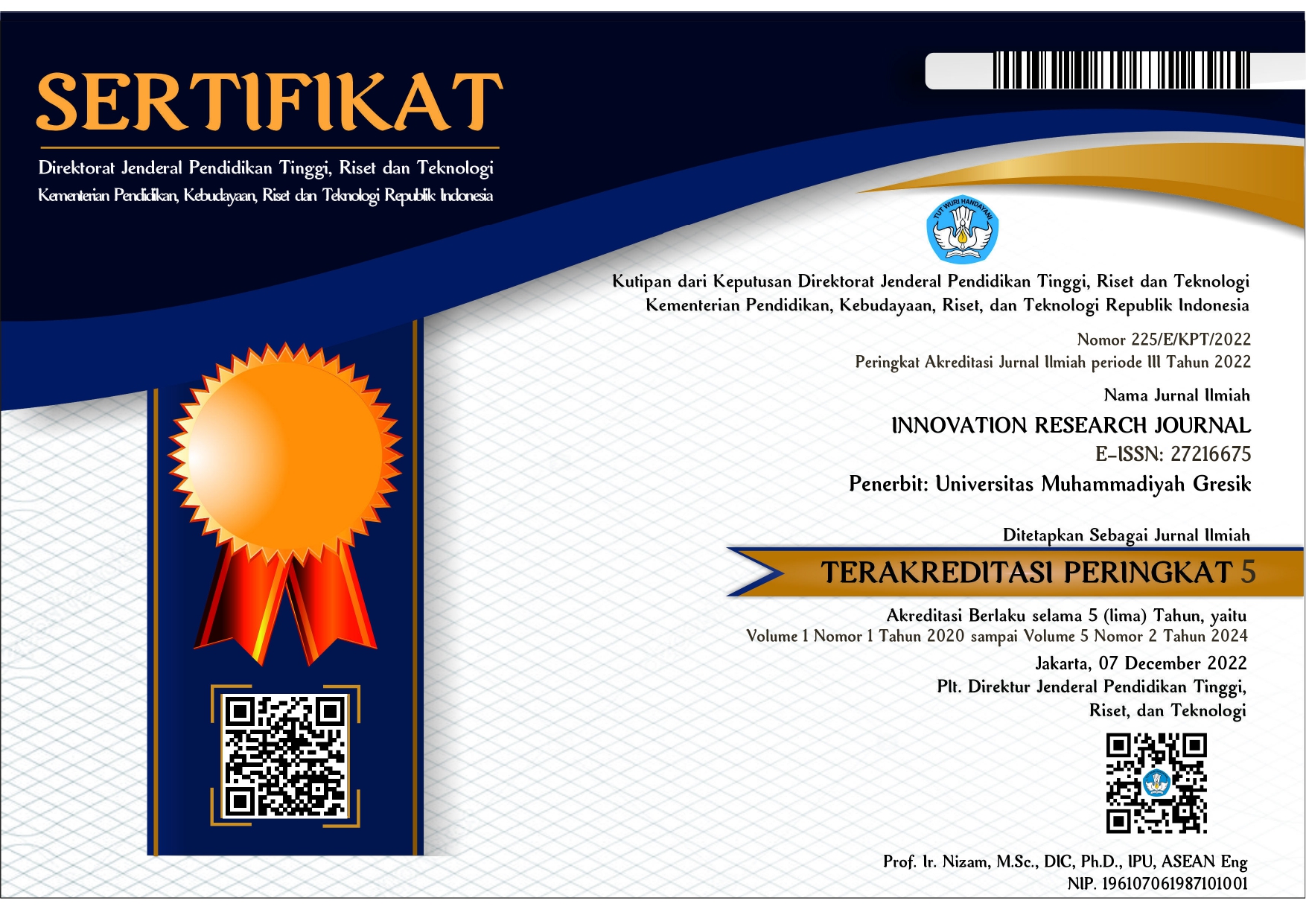
The criteria of authorship are as follows; Substantial contributions to the conception or design of the work; or the acquisition, analysis, or interpretation of data for the work; Drafting the work or revising it critically for important intellectual content; Final approval of the version to be published; Agreement to be accountable for all aspects of the work in ensuring that questions related to the accuracy or integrity of any part of the work are appropriately investigated and resolved.
Abstract: The abstract has to be written within 200 words maximum and followed by with three to five keywords and arranged alphabetically. Abstract must contain research objectives, methods, result, conclusion and limitation (optional). Authors should provide appropriate and short keywords that encapsulate the principal topics of the paper 3-6 phrases. Abstract written in 1 space line and 11 font size Arial.
Introduction: The introduction must contain (sortly and consecutively) a general background and a literature review (state of the art) as the basic of the brand new research question, statements of the brand new scientific article, main research problems, and the hypothesis. In the final part of the introduction, the purpose of the article writing should be stated. They should be represented in the literature review to show the brand new of the scientific article.
Methods: The method explains how the research is conducted, including research design, data collection, research instrument and analytic methods. This part should be narated.
Results and Discussion: Write results in a logical sequence. Results with important findings should be present first. When presenting results in a table or figure, do not repeat all those contents in the text. Present only the summary of the text. Describe only new and important aspects of the study. Do not repeat all information from the results section or any section above. Present limitations of the study. Write the issues that are new or unsolved, for future research. This section consists of the information on What/How the presented data were produced, no raw data should be present in the article. The produced data are presented in tables, or figures with an explanation of what is the result/findings from the work. The section will also need to address connections between findings and basic concepts or hypothesis made earlier. Authors should also express whether any arguments were needed relating to other works from other researchers. Write implications made by the work related to theoretical or applications.
Conclusion: This is the final part containing conclusions, limitations and recommendations. The conclusions will be the answers of the hypothesis or research question, the research purposes and the research discoveries. The conclusions should not contain only the repetition of the results and discussions. It should be the summary of the research results as the author expects in the research purposes or the hypothesis. Research limitations and recommendations contain deficiency in the research and suggestions associated with further ideas from the research.

This work is licensed under a Creative Commons Attribution 4.0 International License.
